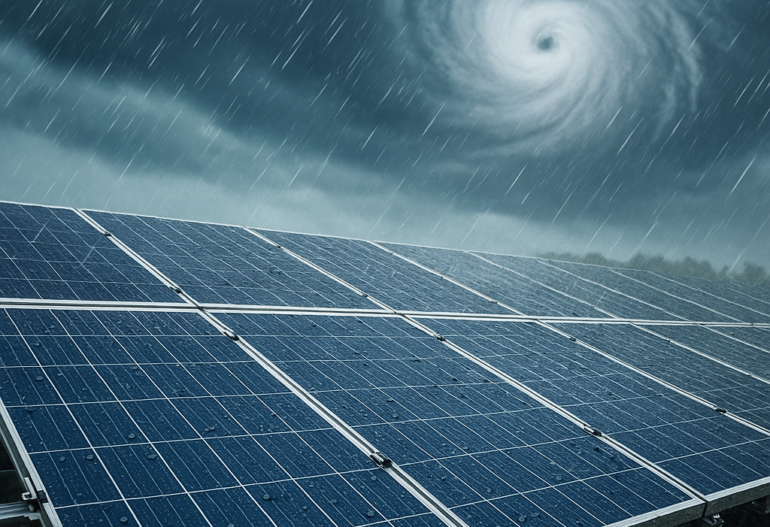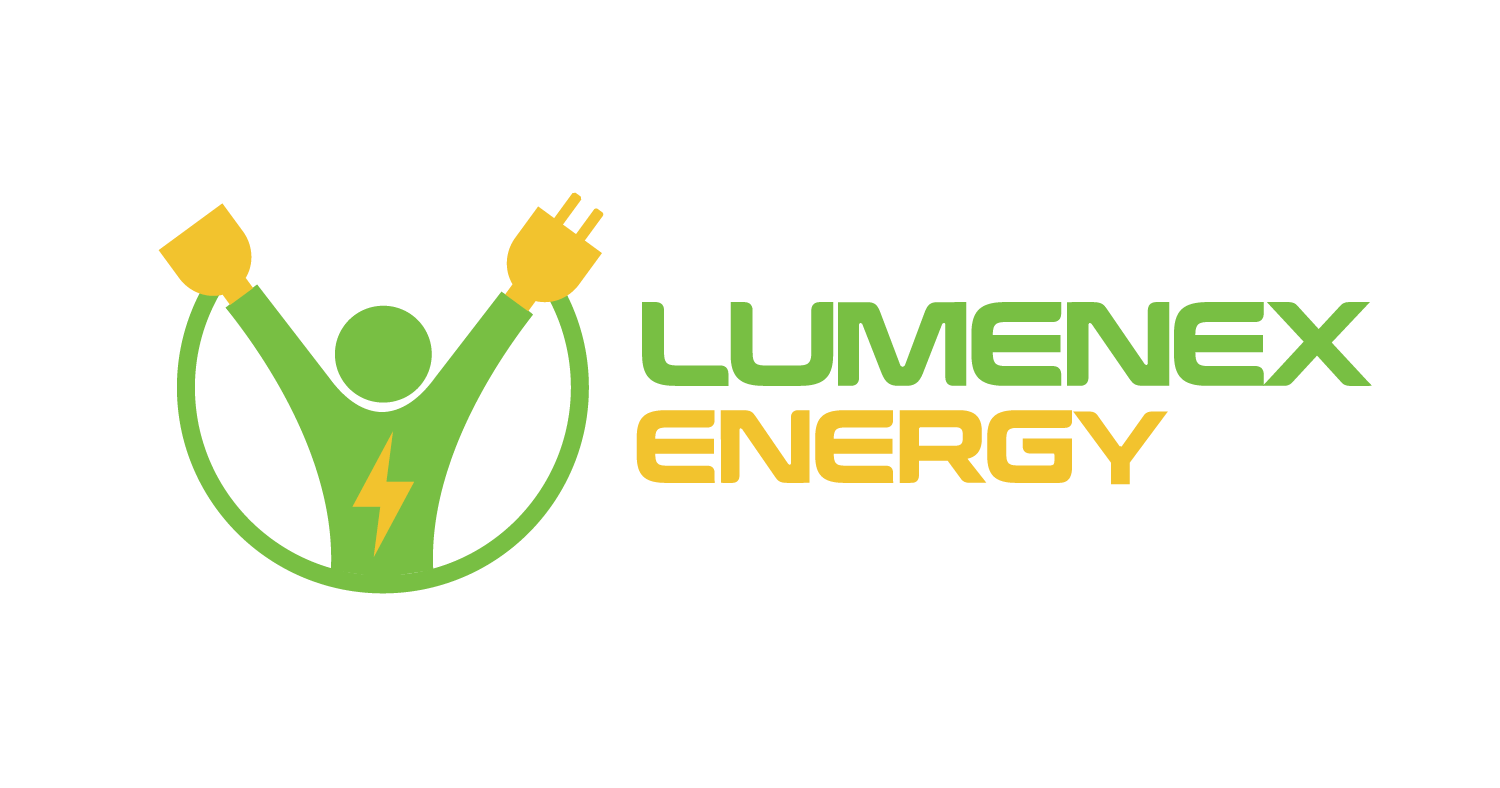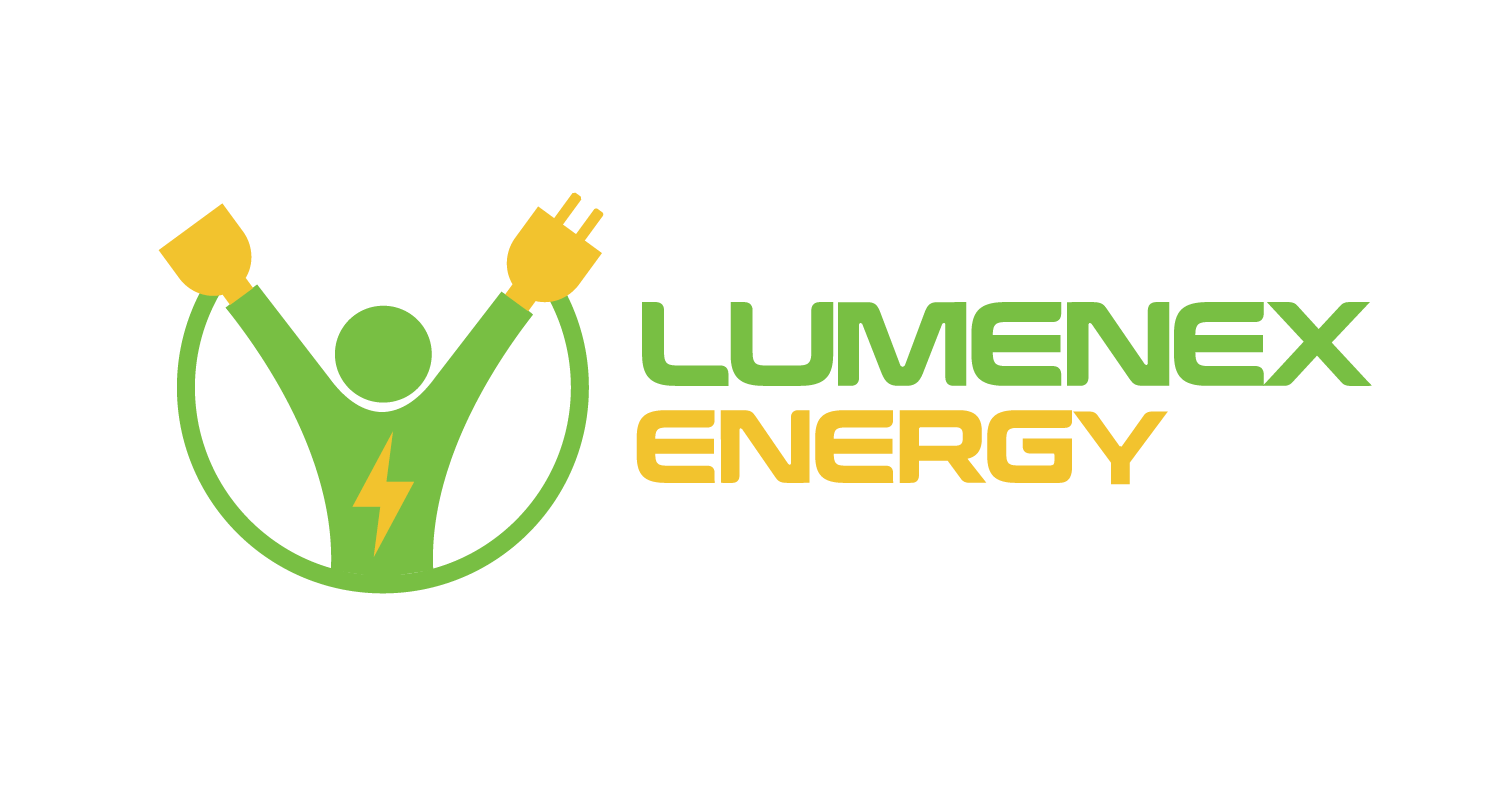Introduction
Solar panels have become a preferred energy alternative that property owners and commercial organizations worldwide choose because of their power sources based on renewable energy. The conversion of sunlight by solar panels creates electricity that acts as a sustainable power solution for energy requirements. Solar panel durability becomes a significant problem for those using such technology since they need to ensure their resistance to hurricanes and severe weather events. The article studies solar panel resilience against weather disasters through an analysis of their design methods alongside installation techniques and maintenance approaches for increased survivability.
Understanding Solar Panel Construction
A solar panel design enables weather resistance through various factors which include rain and precipitation alongside wind bursts and direct impacts of hailstones. Solar panels contain photovoltaic components that function with glass covering in addition to frame structures and backseal layers. Tempered glass protects photovoltaic cells because it demonstrates resistance to impacts combined with thermal stress. Solar panels combine aluminum with stainless steel frames because these materials provide excellent strength along with superior resistance against corrosion. The combined components create solar panels through an operational process that makes them stronger.
Testing and Certification
The solar panel testing process focuses on determining their weather resistance qualities before commercial distribution occurs. Testing of solar panels under International Electrotechnical Commission (IEC) rules includes two main tests examining wind resistance and hail impact strength as well as temperature sensitivity evaluation. The quality assessment gives accreditation to panels that successfully pass inspection for severe climate resistance. Solar panel resistance testing defines performance characteristics in areas prone to hurricanes through criteria that measure wind strength against regional regulations.

Installation Considerations
Installation quality stands as the main determinant for solar panel hurricane durability. High-quality hardware tools must secure panels because they prevent winds from dislodging them. The installers in hurricane-prone areas reinforce their mounting structures by using additional anchoring systems to improve stability. Since solar panels must withstand winds well, they need proper placement according to roof direction to reduce exposure to direct wind forces.
Maintenance Practices
System maintenance releases performance across extreme weather and substantially lengthens the solar panel’s lifespan. Global panel maintenance requires two main steps, which include checking mounting hardware and performing inspections for panel damage while cleaning accumulated debris. A proper examination before severe weather occurs should serve as an opportunity to check and repair panels if needed.
Case Studies and Real-World Examples
Solar panels have displayed successful operation in the United States distribution areas during hurricane seasons. In 2017, Florida received Hurricane Irma as the storm surpassed 100 miles per hour wind speeds. The powerful storm’s extreme conditions did not affect solar facility equipment since these systems maintained basic power generation before the loss of conventional power supplies in affected regions. A significant number of solar systems maintained operation throughout the midst of Hurricane Maria in Puerto Rico thus demonstrating their emergency readiness.
Understanding Solar Panel Construction
A solar panel design enables weather resistance through various factors which include rain and precipitation alongside wind bursts and direct impacts of hailstones. Solar panels contain photovoltaic components that function with glass covering in addition to frame structures and backseal layers. Tempered glass protects photovoltaic cells because it demonstrates resistance to impacts combined with thermal stress. Solar panels combine aluminum with stainless steel frames because these materials provide excellent strength along with superior resistance against corrosion. The combined components create solar panels through an operational process that makes them stronger.
Testing and Certification
The solar panel testing process focuses on determining their weather resistance qualities before commercial distribution occurs. Testing of solar panels under International Electrotechnical Commission (IEC) rules includes two main tests examining wind resistance and hail impact strength as well as temperature sensitivity evaluation. The quality assessment gives accreditation to panels that successfully pass inspection for severe climate resistance. Solar panel resistance testing defines performance characteristics in areas prone to hurricanes through criteria that measure wind strength against regional regulations.

Advancements in Solar Technology
Modern innovations in solar power maintain a two-fold mission to strengthen solar system longevity and boost power generation capabilities. Bifacial solar panels serve as new solar technology because they receive sunlight on two faces to generate higher energy output without suffering material harm. Research companies investigate the outside threats and resistance potential of graphene and perovskite materials for product development purposes.
Conclusion
Testing in laboratories and designed engineering validate the durability of solar panels during hurricanes and dangerous weather conditions. Proper maintenance and installation methods lead solar panels to supply continuous electric power regardless of harsh environmental conditions. Technological improvements will improve both operational performance and operational durability of solar generation systems, which will make renewable solar power more accessible in all regions.
Installing solar energy systems on your power supply creates environmental benefits, along with creating strong power systems that can endure substantial environmental disasters. Sustainable power development demands a thorough understanding of solar equipment reliability, together with all operational constraints which exist during harsh weather conditions.




